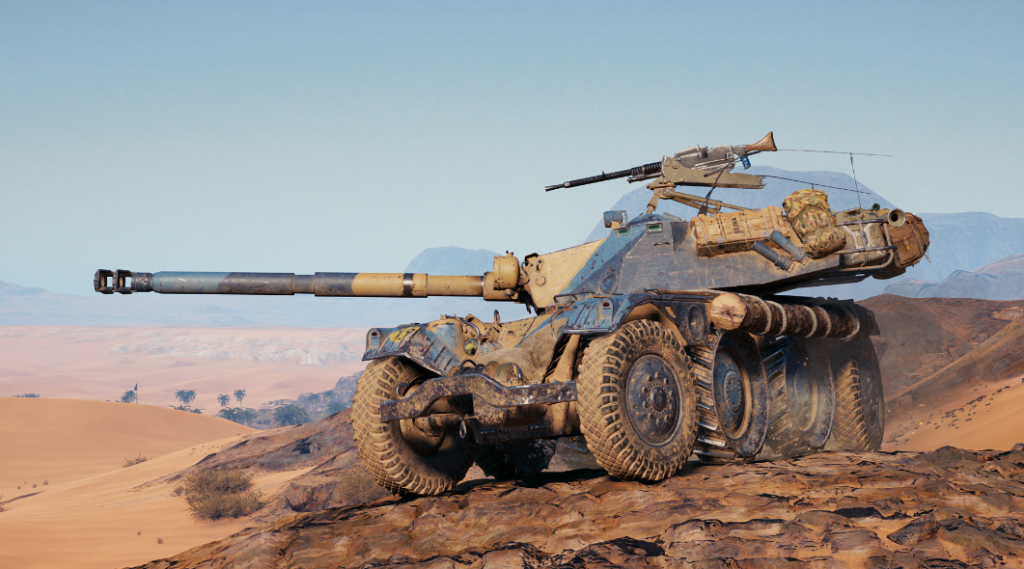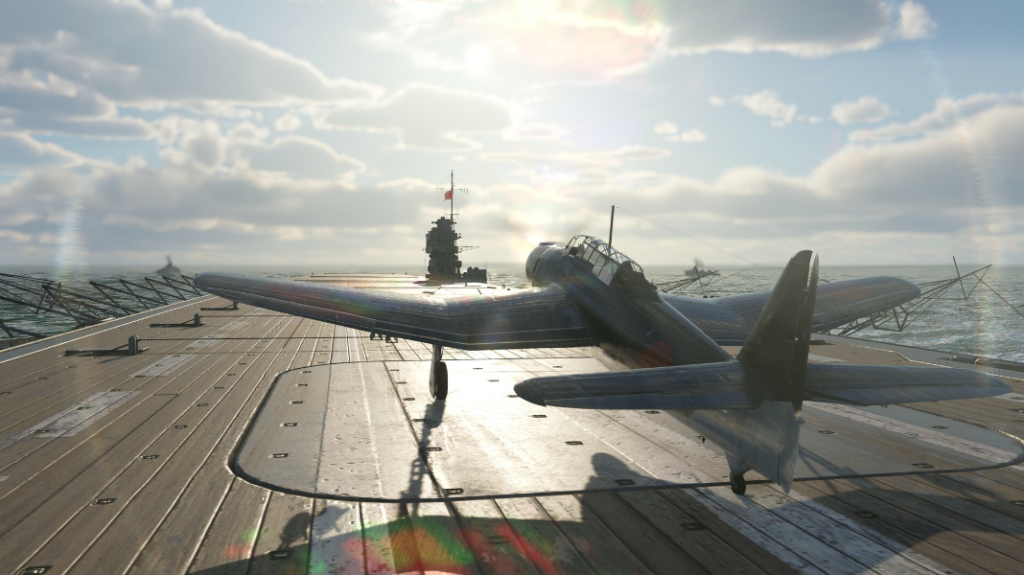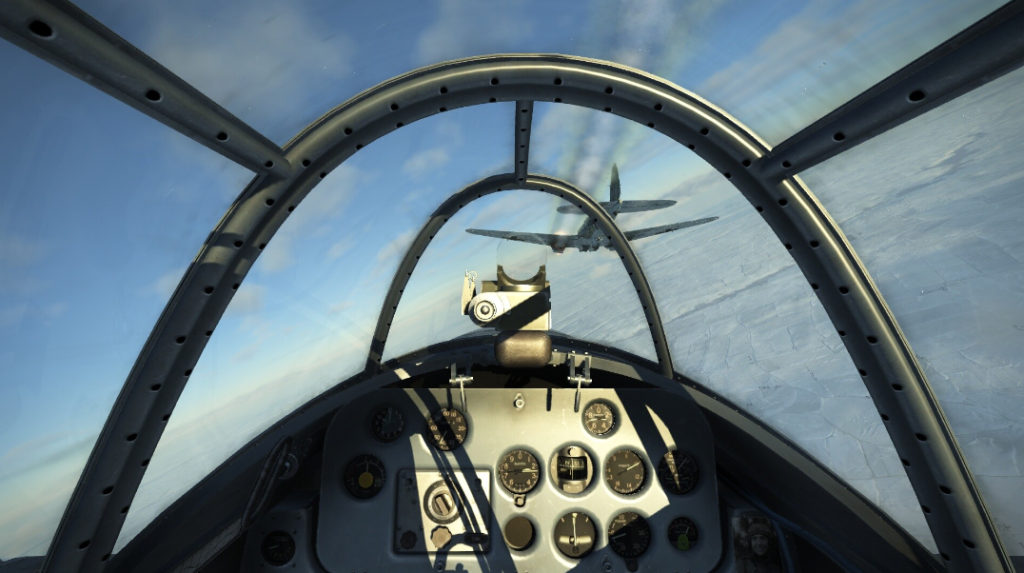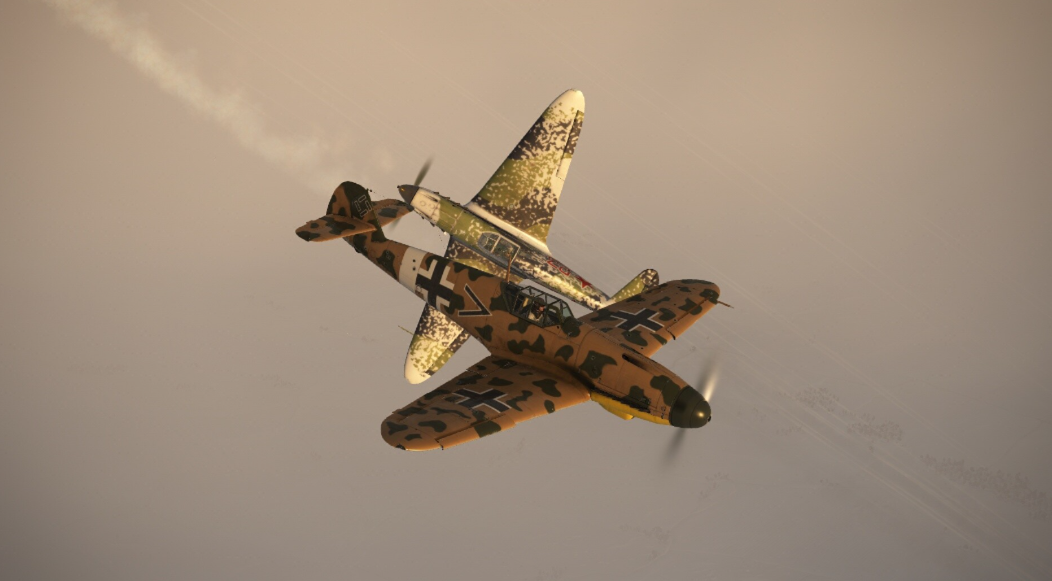Casual vs competitive is a fundamental part of gaming philosophy with a long-standing debate about the line between fun and competitive. Gaming is a space where people want either a competitive or casual experience, but they share the same space a lot of the time. For people trying to do either one, it gets frustrating when you see someone doing the other. The competitive players want to master the game like a skill while commonly casual players want to have fun instead of optimizing their gameplay.
Competitive players’ dedication to videogames is quite similar for players who love realism in games and those who leak classified military documents for the sake of a realistic experience. To those who don’t care for realism, they can seem like children whining and nitpicking over tiny details. But gamers who love realism, pay attention to these details and appreciate them because it shows how much the developers care about the game experience and commonly the communities who love realism play games made by people with the same opinion.

In vehicle combat games, developers have a choice between realistic damage, and just giving things a health bar which takes significantly less time. This can be seen in many vehicle combat games that some are more “arcadey” than others. Other things include simplifying operations of tanks by removing slope hits and just adding levels of armor for parts of the vehicle, or simplifying air movement to a basic level with just throttle. These games are found more enjoyable by players who aren’t too invested in video games while players who care about these details and appreciate getting past the skill curve complain about this simplification of gameplay that they could manage fine without.

One of the worst examples of a lack of realism is World of Tanks, a tank game that is disliked by many players who prefer games that are more accurate in how tank combat works. One of the more hated practices by the game is premium ammunition that is just better in every way to standard ammunition. It is a free game so there isn’t as much quality expected and they have to make money somehow, but giving some players an unfair advantage draws away lots of players to other free games like War Thunder.

One game franchise that became mildly successful thanks to focusing on realism is the IL-2 Sturmovik game series which are expensive, but have so much detail in every vehicle. Every vehicle in IL-2 is historically accurate as can be, and certain realistic mechanics mean that gameplay gets difficult. However, for more casual players you can automate certain things, although this is slightly less effective than manually controlling the game. Most players in IL-2 play with flight sticks for added realism and have all the mechanics manual so they can be immersed in every aspect of the game (they can even play with fuel mixture control). IL-2 is a game made for people who love all the details and realistic mechanics, and it is worth the price if you love realistic games, but if that’s not exactly your favorite experience then maybe wait for a sale.
Realism in gaming sometimes will objectively make the game worse. It can add a mechanic that is unfair, or it can make the game frustratingly difficult, but realism can also immerse you in a way more casual games can’t. Experiences like flying a plane in a dogfight or participating in a close quarters tank battle – these moments are some of the most entertaining gaming experiences I’ve ever had. Making a realistic game is incredibly difficult because of the amount of research, attention to detail and understanding of the history alongside the usual technical difficulties of making a conventional videogame. Overall, realistic games are for a small audience. However, that does not mean they are of poor quality, in fact most of them are of some of the highest quality in terms of details and gameplay experience. If you’re passionate about vehicle combat games, I cannot suggest enough that you give realistic games a chance.
